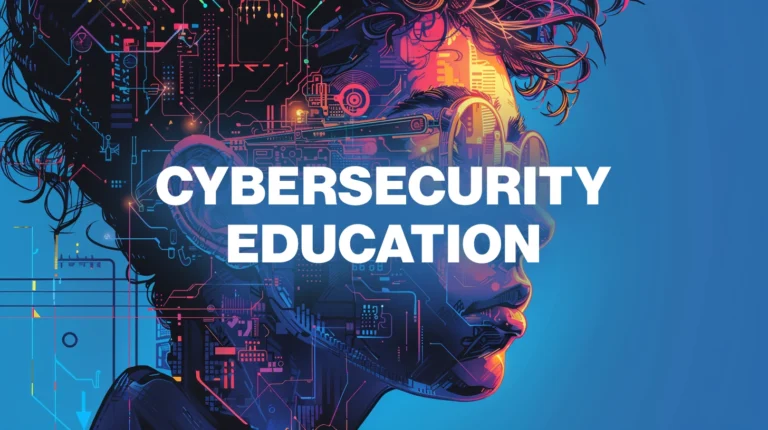A cyber attack, data leak or the loss of files can potentially cost a company hundreds of thousands of dollars. Thus, there is an ever increasing demand for new solutions and technology in the backup and disaster recovery industry.
The latest trends in this industry revolves around flexibility, communication, outsourcing, hybrid solutions and managed detection and response.
All about the Cloud
The time of physical site servers as a place to store backup data is gone, as the Hybrid Cloud acts as an offsite, secure location for backups and can serve as an addition to your disaster recovery strategy. It is more flexible than the standard Cloud as it combines the functions of the public domain and privately managed infrastructure.
This combination gives companies the perks of an ideal place to store that recommended secondary backup and is a budget way to improve disaster recovery, as it allows even smaller businesses to have two data sites in case the primary site is compromised. Additionally, the physical maintenance of the site is also left to the cloud service provider.
The alternatives
The attitude of taking calculated risks in letting service providers take on more duties continues in the trend of outsourcing, as it is a way to decrease in-house responsibilities and free up resources. Outsourcing is also being used as a tool to better disaster recovery capabilities and other expertise that are lacking in-house.
However, it is too soon to write off disk backup and data replication technology to reduce storage needs and compare current to previous data to eliminate redundant data. It seems to still be an ongoing trend and should not be forgotten for its backup and recovery properties.
The additions you need to make
It is predicted that 2018 will see a rise in ransomware, and therefore Managed Detection and Response could be the latest and greatest addition to your disaster recovery plan. This technology continuously monitors your network, responds to security incidents and alerts the security team of any red flags so that a crisis can be averted or dealt with in a timely manner.
However, a crisis can still hit, and in that situation it needs to be all systems go. Therefore, employees need an immediate and effective way of communicating with each other in the office. The latest trend is to use social networking platforms to provide the channels to communicate far more efficiently than traditional methods, especially since these platforms can be configured to a variety of devices.
In the end, what is most important is being able to customise and build a backup and disaster recovery plan that suits your needs and protects your business.


